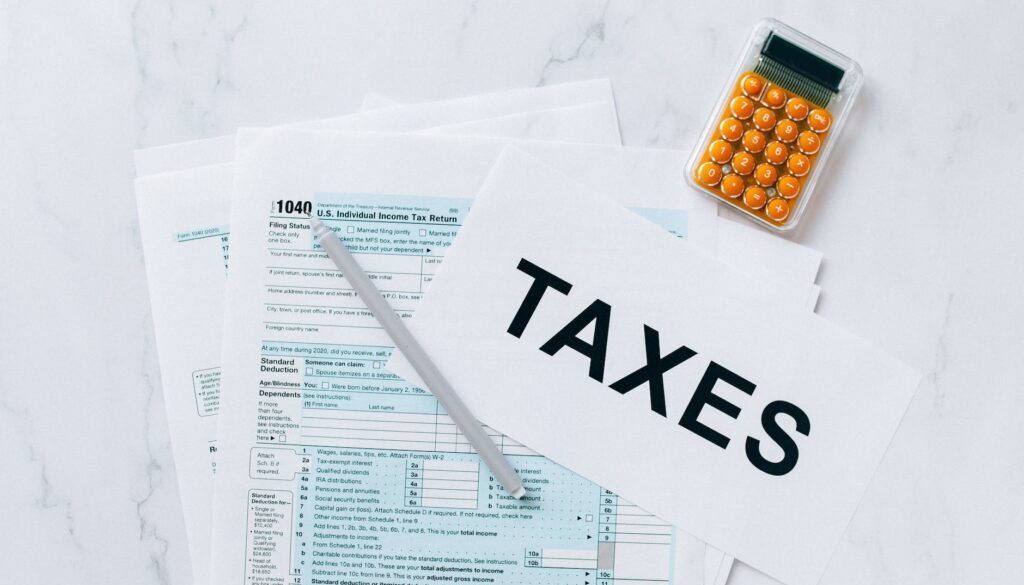Can You Deduct Your Car Lease Payments on Your Taxes?

Can You Deduct Your Car Lease Payments on Your Taxes?
Car lease payments may be tax deductible for self-employed individuals and business owners according to IRS guidelines. However, there are restrictions on who can claim this deduction, and only the part of the lease payment related to business use is eligible for the deduction. Keeping a mileage log can help figure out the percentage of business use for the vehicle. Taxpayers can use the actual expense method or the standard mileage rate to calculate their deductions, but car lease payments are not deductible if using the standard mileage rate.
Drivers face the same predicament when shopping for a car: Do I buy or lease a vehicle? It is a decision that cannot be made lightly. As most drivers know, either choice will have a direct impact on your monthly expenses. Buying a vehicle offers more freedom, as there are no mileage restrictions or wear-and-tear charges. However, leasing also has its own benefits. This is particularly true for self-employed and business owners when tax season arrives.
How much can I write off?
Here’s where things get a little tricky. It is crucial to remember that the method you choose for calculating your vehicle tax deductions must be used consistently throughout the entire lease period. In fact, your time commuting to and from work will not qualify either. Of course, this is not a problem if you drive your car 100% of the time for business purposes. In that case, you can deduct the full cost. Need help filing your taxes?
Click here to Book an online appointment
On the other hand, many taxpayers use their vehicle for both business and personal purposes. The point being some extra information is necessary. The best approach to portioning your business miles from personal miles is to keep a mileage log. This will help you figure out what percentage of the time you drive your car for business. For example, let us say you drive your car 60% of the time for work. The IRS will allow you to deduct 60% of your payment for a car lease on your tax return.
How do I deduct car lease payments?
There are two options for calculating business costs: actual or standard mileage.
The actual expense method enables taxpayers to itemize various car-related expenses such as fuel costs, insurance, maintenance, and repairs. Additionally, this method allows for deductions of a part of the car lease payments, but only the amount related to business use. It is important to keep in mind that the IRS requires documentation of these business claims.
- Product on sale
 QuickBooks Online SubscriptionFrom: $27.00 / month
QuickBooks Online SubscriptionFrom: $27.00 / month
The standard mileage rate is an option that many taxpayers choose when calculating vehicle tax deductions. This rate, set by the IRS, reflects the average cost of using a vehicle per year. As of 2022, the standard mileage rate is 58.5 cents per business mile driven. In addition to mileage, expenses such as parking and tolls can also be deducted using this method. However, it is important to note car lease payments are not eligible for deductions when using the standard mileage rate.
So which deduction method is best?
The method for calculating vehicle tax deductions that is most beneficial for you will depend on how often you use your vehicle for business. If you drive a considerable number of miles each week, the mileage deduction is likely to result in the highest savings. On the other hand, if you drive an average amount and have other significant car-related expenses, such as fuel, insurance, and car payments, the actual expense method may be more helpful. The best method may vary from year to year. However, it is important to note that when leasing a car, it is not possible to alternate between the two methods.
Are there any restrictions on the deduction of car lease payments?
There is one very crucial distinction between buying and leasing a vehicle for business purposes. It is important to keep in mind that once you have chosen a method for calculating your vehicle tax deductions, you must continue to use that method throughout the entire lease period. For instance, if you use the standard mileage rate for the first year of your lease, you must continue to do so for future years. Same goes for the actual expense method. That is why it is important for qualified taxpayers to weigh each method’s pros and cons before deciding which to use. Need help filing your taxes?
Click here to Book an online appointment

Did You Play an Active Role in Your Business? - My Business Web Space
January 24, 2023 @ 10:49 am
[…] Can You Deduct Your Car Lease Payments on Your Taxes? […]
Edwin De Jesus
January 24, 2023 @ 1:18 pm
Update: IRS issues standard mileage rates for 2023; business use increases 3 cents per mile
https://www.irs.gov/newsroom/irs-issues-standard-mileage-rates-for-2023-business-use-increases-3-cents-per-mile
Are State and local tax refunds taxable - My Business Web Space
February 1, 2023 @ 8:27 am
[…] Can You Deduct Your Car Lease Payments on Your Taxes? […]
Understanding Tax Requirements for Dependents - My Business Web Space
February 3, 2023 @ 11:21 am
[…] Can You Deduct Your Car Lease Payments on Your Taxes? […]
Understanding Children Income Tax Rules - My Business Web Space
February 4, 2023 @ 12:16 pm
[…] Can You Deduct Your Car Lease Payments on Your Taxes? […]
Understanding What is Taxable Income: A Comprehensive Guide - My Business Web Space
February 6, 2023 @ 12:00 pm
[…] Can You Deduct Your Car Lease Payments on Your Taxes? […]